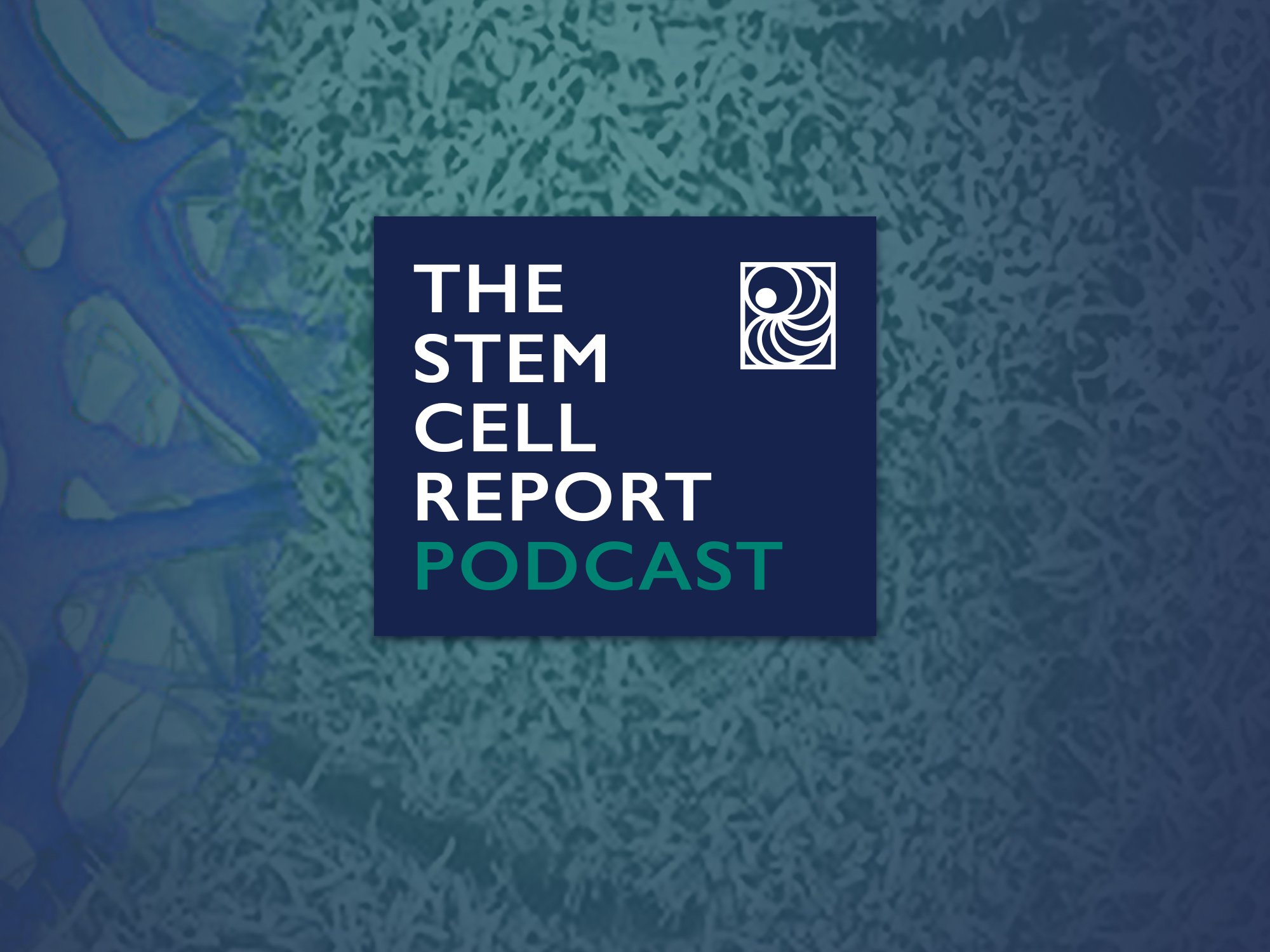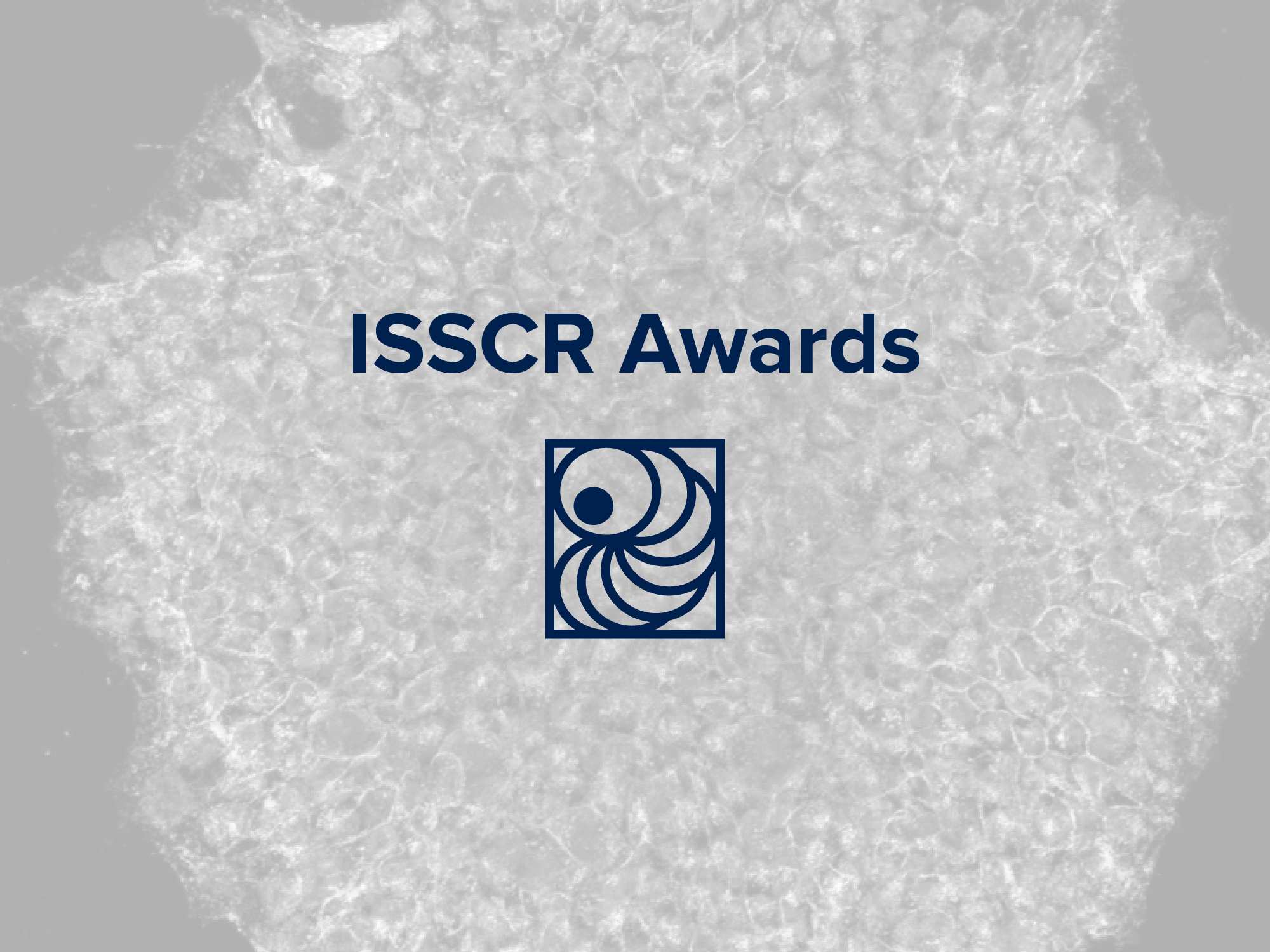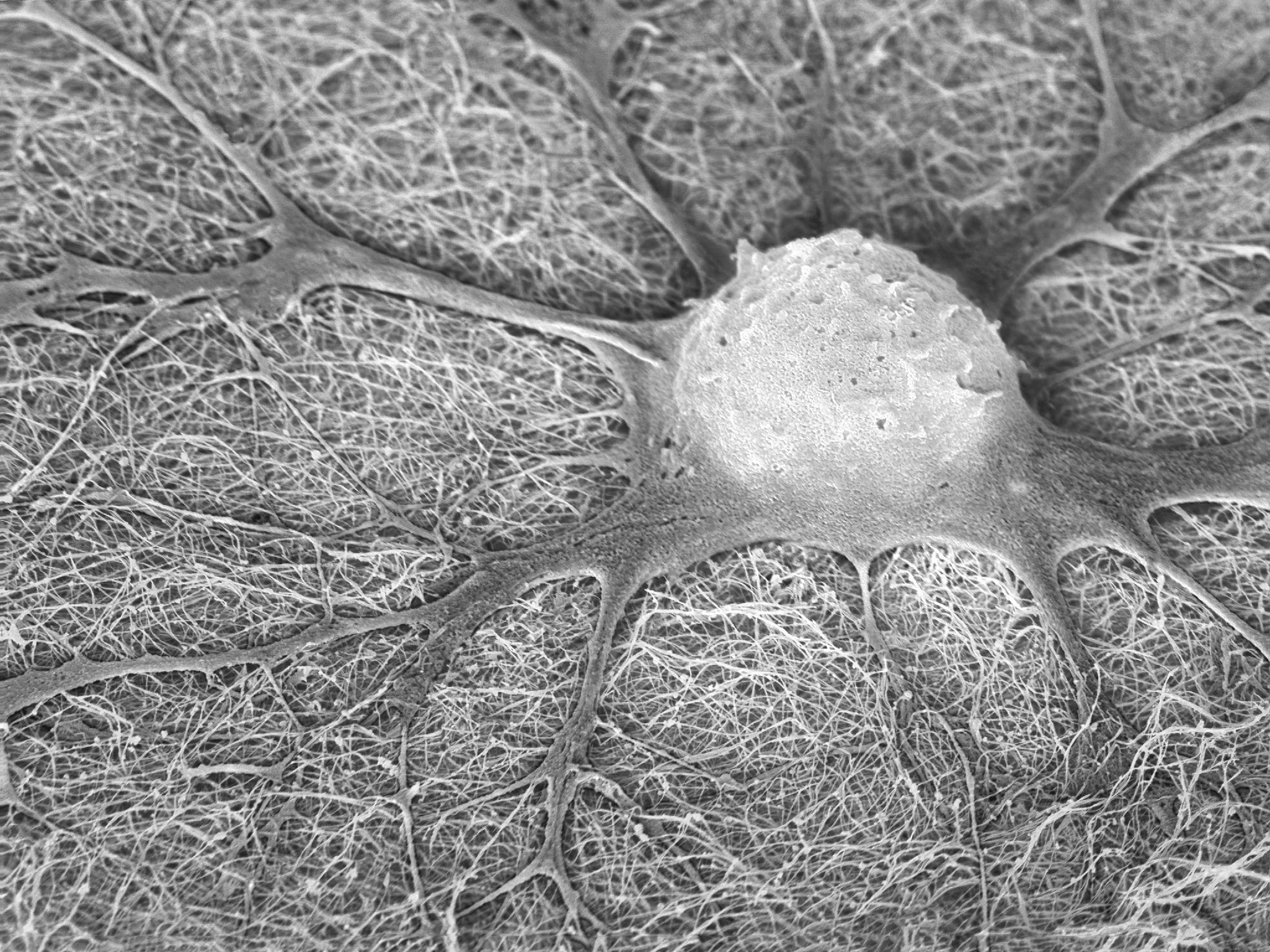ISSCR News

New Podcast Episode. Leaving an Imprint: The Function, Impact, and Detection of Epigenetic Marks
Parent-specific epigenetic marks (imprints) leading to parent-specific gene expression are crucial for normal growth and development, yet their mechanisms of establishment and maintenance are not fully understood. In humans, approximately 200 imprinted genes have been discovered, and improper imprinting can manifest in growth restriction, obesity, intellectual disabilities, behavioral abnormalities, and an increased risk of certain cancers. While the use of pluripotent stem cells, especially those in the naïve state, have advanced aspects of modeling early development, a persistent issue hampering bona fide naïve hPSCs is the erosion of imprints. Our guests on today's episode will discuss genomic imprinting, its function, impact, and a new reporter system of imprinted gene expression in hPSCs that enables real-time visualization of loss-of-imprinting at single-cell resolution. This assay provides an important tool to help discover how to improve the imprint fidelity of naïve hPSCs and hence their application for studies of human development and regeneration.

Three Stem Cell Scientists Earn Poster Awards at ISSCR’s Athens International Symposium on Neural Stem Cells
The International Society of Stem Cell Research (ISSCR) is pleased to recognize Alice Rossi, PhD, Francis Crick Institute, UK, Angeliki Spathopoulou, PhD, University of Innsbruck, Austria, and Gareth D. Chapman, PhD, Washington University in St. Louis, USA, with the ISSCR Athens International Symposium Outstanding Poster Award.

Member Spotlight: Hongyan Wang, PhD
Find a great mentor. A supportive mentor will help you grow, acquire essential skills, and develop a vision that will impact your career in long-term. Be prepared for setbacks and challenges—research is inherently unpredictable, and resilience in the face of failure is key to success. Lastly, don't forget to celebrate your small successes along the way!

New Podcast Episode. Don’t Dull the SPARCL: The Lung Microvasculature and its Role in Development
The mature lung in both humans and mice is highly vascularized, with approximately 30% of all cells being endothelial cells (ECs). The blood vessels have a physiological role in gas exchange within the tissue, but the vascular cells have additional role(s) beyond supplying oxygen and nutrients to the tissue. For example, the adult lung endothelium responds to injury by activating pathways for alveolar re epithelialization and during embryonic development, disrupting vascularization ex vivo affects the stereotypical pattern of airway branching, consistent with a perfusion-independent crosstalk between the endothelium and epithelium. Today’s guests explore the molecular contribution of ECs and pericytes to the differentiation of distal airway progenitor cells into mature alveolar epithelial cells and will discuss the broader role of the vascular system in the maturation and regeneration or the lung.

ISSCR Honors Volunteer Leaders with the 2025 ISSCR Public Service Award
Recognizing the commitment and talent of all International Society for Stem Cell Research (ISSCR) volunteer leaders, the ISSCR Executive Committee is honoring members of committees, taskforces, and working groups who dedicate tremendous talent and dedication to the ISSCR and its mission with the 2025 ISSCR Public Service Award. This is the first group award in the Society’s history and indicative of the ISSCR commitment to celebrate the excellence that fuels the tremendous accomplishments of the foremost global organization dedicated to stem cell science and regenerative medicine.

Receive ISSCR Press Releases
Sign up be a part of ISSCR’s media list. Media Contact: Kym Kilbourne, Director of Media and Strategic Communications
Subscribe to ISSCR News.
Each month, ISSCR delivers scientific, policy, and community to your inbox .
